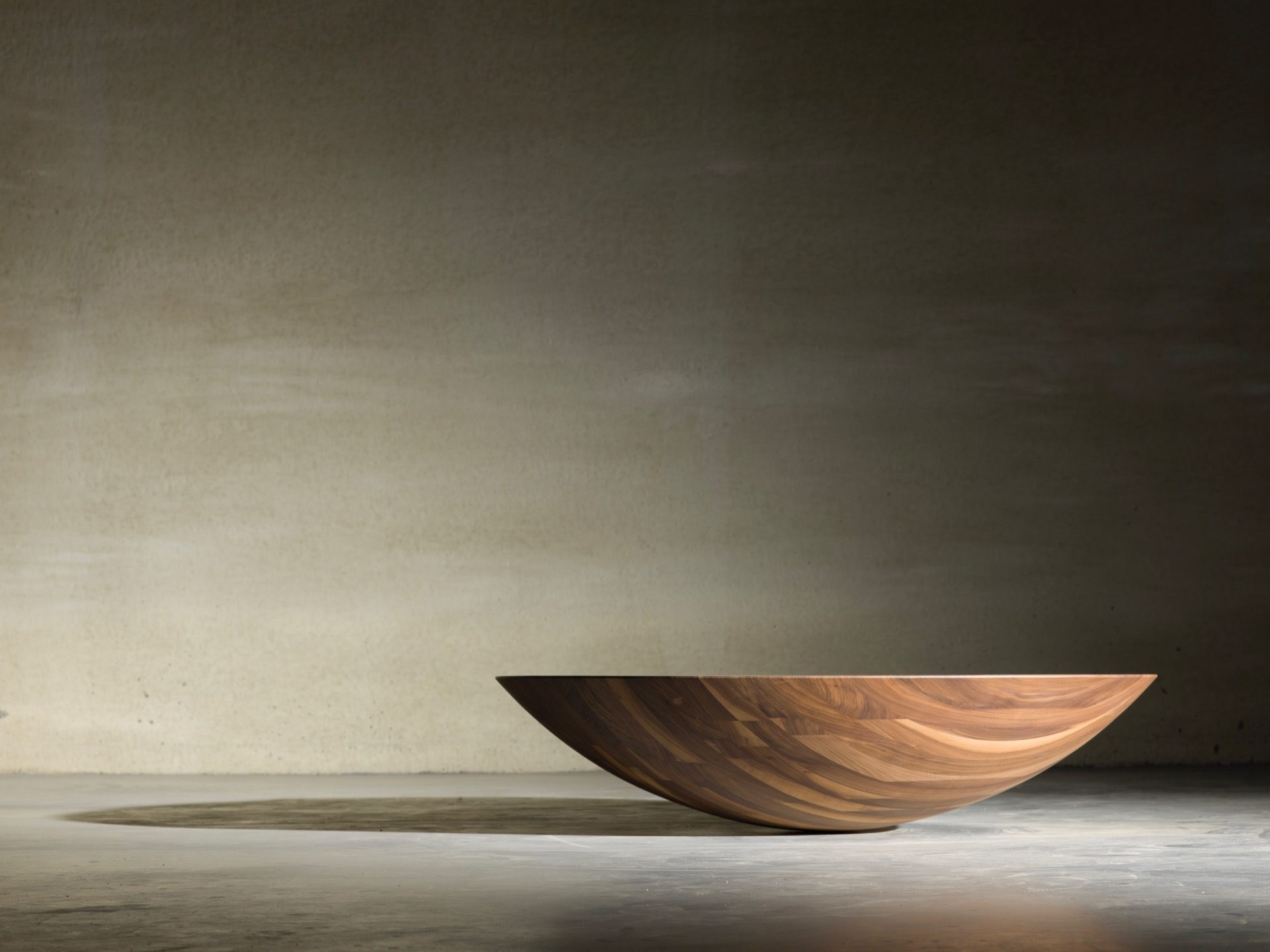
Philosophy
What makes his objects so fascinating to us? What is the secret of their seductive power, this magnetism that elicits people’s attention in the same way a representative specimen of the opposite sex (or, if appropriate, the same sex) will provoke innocent, yet irrepressible glances in an unguarded moment. Glances that have no consequences, expect perhaps in dreams. His objects are never aloof. They lure. And yet simultaneously they remain unmoved, withdrawn within their own self-contained, unapproachable identity. The game is seduction. Modest, reserved and unpretentious as his objects may be, at the same time they are physical, desirous and sensual. These objects aren’t polite nor well brought up, never mind boring or neutral. They manage to occupy two extremes of a spectrum at the same time. Their severity, clarity and utilitarianism label them as masculine. Their generosity, susceptibility and intimacy suggest that they might be feminine. Except that these objects slip away at any attempt to label them, to withdraw into undefinability. The word that best describes these objects is ‘elusive’.
[Francis Smets, Philosopher]
His style strips his furniture to the essence, to what it was originally designed for, reverting to the “archetype”. Semiotics plays an important role: language as the basis of culture. He describes his furniture as heavy, solid and in his view typically Flemish, Burgundian, Gallic. His use of durable, authentic and materials and construction techniques allows for the effects of time to impact on the designs. Besides an aesthetic choice, this is also the result of a deliberate decision to guarantee their utility. Casimir’s objects are designed to be used. Casimir’s designs originate from somewhere beyond the most extreme limit of reduction. At the height of simplicity, truth crosses over into criticism. This is why Casimir’s furniture, even in its most extreme simplicity, is always deviant.
[Jan Kenis, Cultural Engineer]
Casimir’s style is a concept that is for ever in motion, constantly questioning itself: to what extent are archetypes legible: when should six planks placed at a certain angle to each other be called a chest and when do these same six planks become a cupboard? To what extent do dimensions influence the semiotics/legibility of a piece of furniture? To what extent is it feasible to disconnect image from function: can a chair fitted with a shelf be considered to be a bedside table? To what extent is it possible to stretch the traditional use of a piece of furniture: what about a long, narrow bed for in-line sleeping, instead of a double bed for sleeping side by side? Or what about using a cupboard to open a cupboard rather than using a door? To what extent does the material tell the story? Is it possible to emphasize simultaneously such seemingly contradictory qualities as tough/ rustic and refined? These underlying questions account for the mesmerizing tension in all of Casimir’s designs, which will forever fascinate the eye of the beholder. Forget bondage – furniture is the new perversion.
[Katy Greaves, Wallpaper]